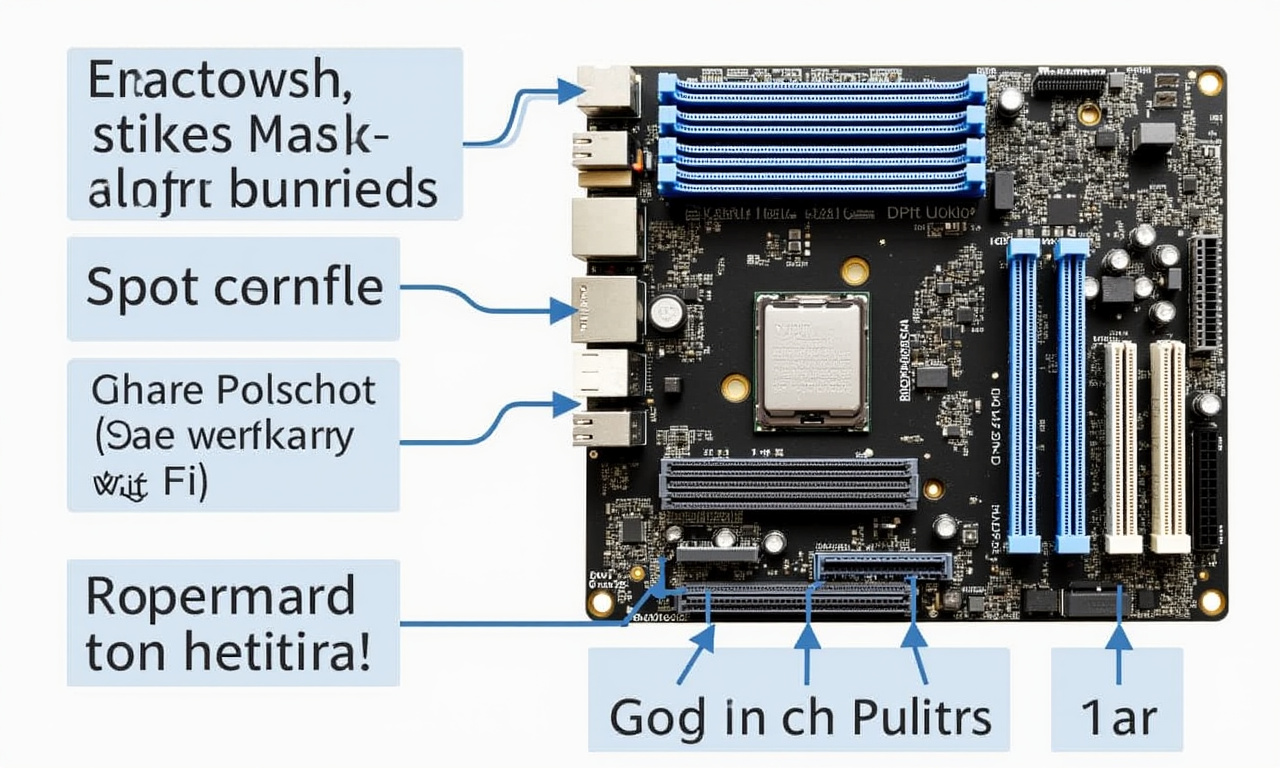The Ministry of Public Security of China has unveiled the draft national standard “Technical Conditions for the Safe Operation of Vehicles” and has begun public discussion of the document. This new regulation aims to enhance the safety level of all types of vehicles-from heavy trucks and buses to electric vehicles.

According to ministry representatives, the project was developed in response to a series of serious accidents in recent years and issues with low safety of large cargo and passenger vehicles.
Recent developments in transport safety also align with China’s push towards embracing cutting-edge automotive technologies and stringent pollution standards, highlighting how safety and environmental considerations are increasingly intertwined in policy-making.
Innovations such as advanced driver assistance systems (ADAS) and the integration of 5G technology in vehicle-to-infrastructure (V2I) communications are elevating the operational safety realm. These solutions could play a critical role under the new regulations, allowing for smarter traffic management and decreased accident rates.
The updates are as follows:
For Trucks and Special Equipment
- All trucks (except garbage trucks and low-speed vehicles) must be equipped with an Automatic Emergency Braking (AEB) system;
- Vehicles weighing from 4.5 tons are to have Lane Departure Warning (LDW) and Electronic Stability Control (ESC) systems;
- For hazardous materials carriers, the requirement to install Electronic Brake Systems (EBS) is introduced;
- Three-axle and larger trucks must have driver attention control systems and devices to prevent tire blowout consequences;
- Container trucks must use a rigid single-layer frame; the use of movable or inclined structures is prohibited.
For Buses
- All intercity and tourist buses must have AEB, ESC, a surround-view system, tire pressure monitoring systems, and driver fatigue monitoring;
- A requirement is introduced to increase the distance between seat rows (at least 700 mm for buses longer than 9 meters);
- All passenger seats must be equipped with a seat belt reminder system.
For Electric and Hybrid Vehicles
- Rules are being established for the operation of regenerative braking systems-deceleration when releasing the gas pedal must not exceed 0.8 m/s;
- Electric vehicles and hybrids must have a function to prevent accidental acceleration-the system limits power in case of improper pedal pressing;
- Screens on the driver’s side (excluding the dashboard and the projection screen) must automatically shut off at speeds exceeding 10 km/h to prevent distraction;
- Requirements for the safety of traction batteries are clarified, including the presence of pressure relief systems and protection from overheating;
- After ignition, the car must operate in a “moderate” acceleration mode (0–100 km/h in no less than 5 seconds) to prevent accidents due to driver unpreparedness at startup.
Furthermore, China’s automotive market is witnessing an increase in the production of electric vehicles, driven by both local and international brands. The integration of AI-powered safety features continues to transform the landscape, potentially serving as a benchmark for other nations focusing on safety innovation.









